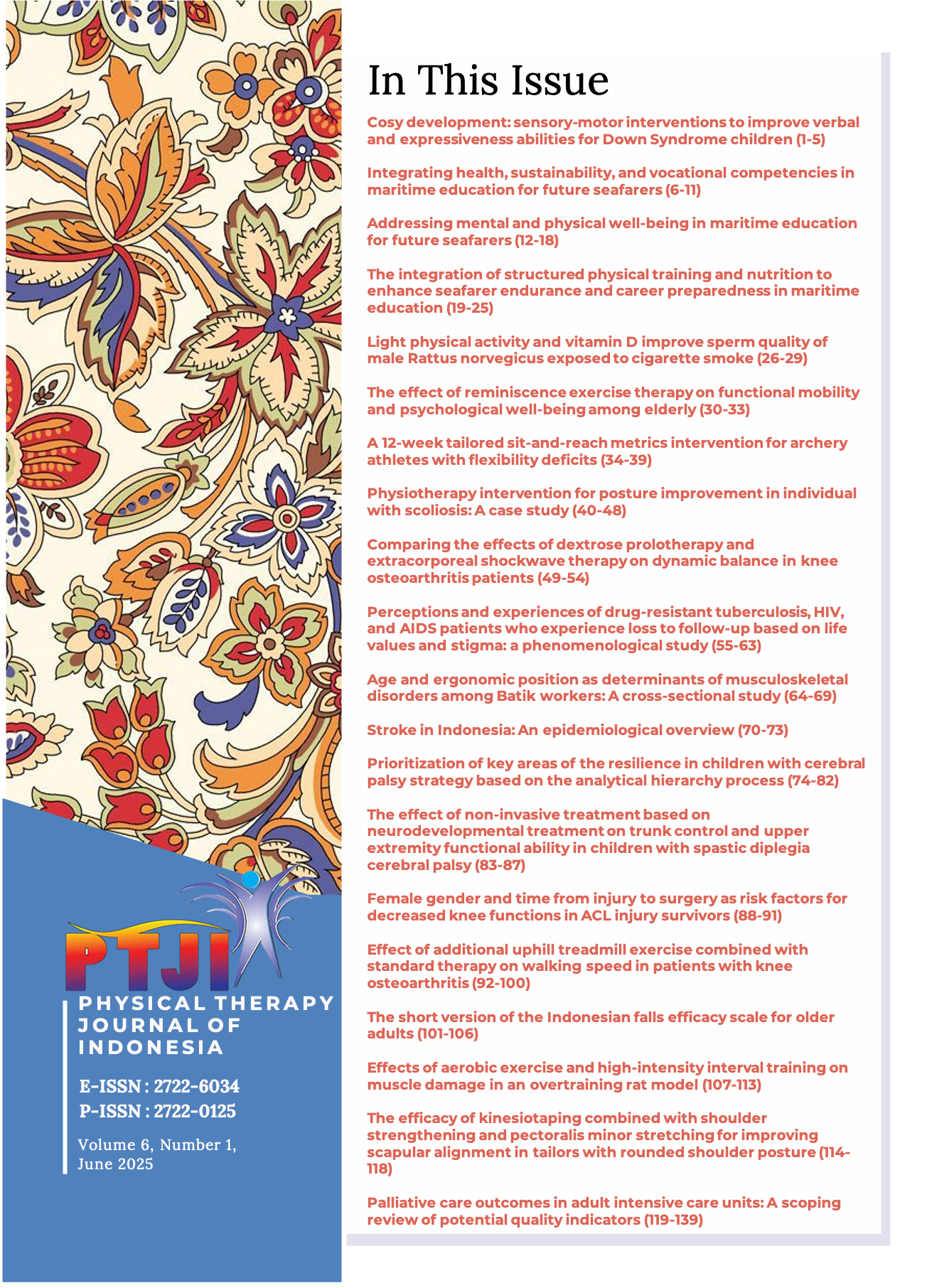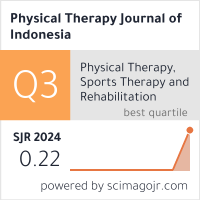Effects of aerobic exercise and high-intensity interval training on muscle damage in an overtraining rat model
Abstract
Background: Overtraining is commonly associated with elevated oxidative stress, inflammatory responses, and structural damage to muscle fibers, all of which contribute to a decline in physical performance. This study aimed to assess the impact of aerobic exercise on biomarkers including malondialdehyde (MDA), interleukin-6 (IL-6), caspase-3, nitric oxide (NO), superoxide dismutase (SOD), as well as the integrity of the sarcolemma.
Methods: A six-week experimental study was conducted using 24 rats, which were randomly divided into three groups (n = 8 per group): a negative control group (no treatment), an aerobic exercise group, and a high-intensity interval training (HIIT) group. The levels of biochemical markers, including malondialdehyde (MDA), interleukin-6 (IL-6), nitric oxide (NO), and superoxide dismutase (SOD), were measured using the enzyme-linked immunosorbent assay (ELISA) technique. Additionally, the expression of caspase-3 was determined through immunohistochemical (IHC) analysis. Muscle tissue damage was evaluated by means of histopathological examination. The data were analyzed using a one-way analysis of variance (ANOVA), followed by the Mann-Whitney post hoc test to assess differences between groups.
Results: The findings indicated that aerobic exercise did not result in a statistically significant reduction in malondialdehyde (MDA) (p = 0.833), interleukin-6 (IL-6) (p = 0.800), nitric oxide (NO) (p = 0.791), or superoxide dismutase (SOD) (p = 0.520) levels. Nevertheless, the aerobic exercise group exhibited a significantly lower expression of caspase-3 compared to the other groups (p = 0.023). Furthermore, aerobic exercise was associated with a significant reduction in muscle tissue damage (p = 0.001).
Conclusion: The findings of this study indicate that both aerobic exercise and high-intensity interval training (HIIT) have the potential to be utilized as therapeutic approaches for mitigating exercise-induced muscle damage, primarily through their positive influence on sarcolemma stability. However, additional clinical investigations are necessary to confirm these results and establish their relevance for clinical implementation.








3.gif)

